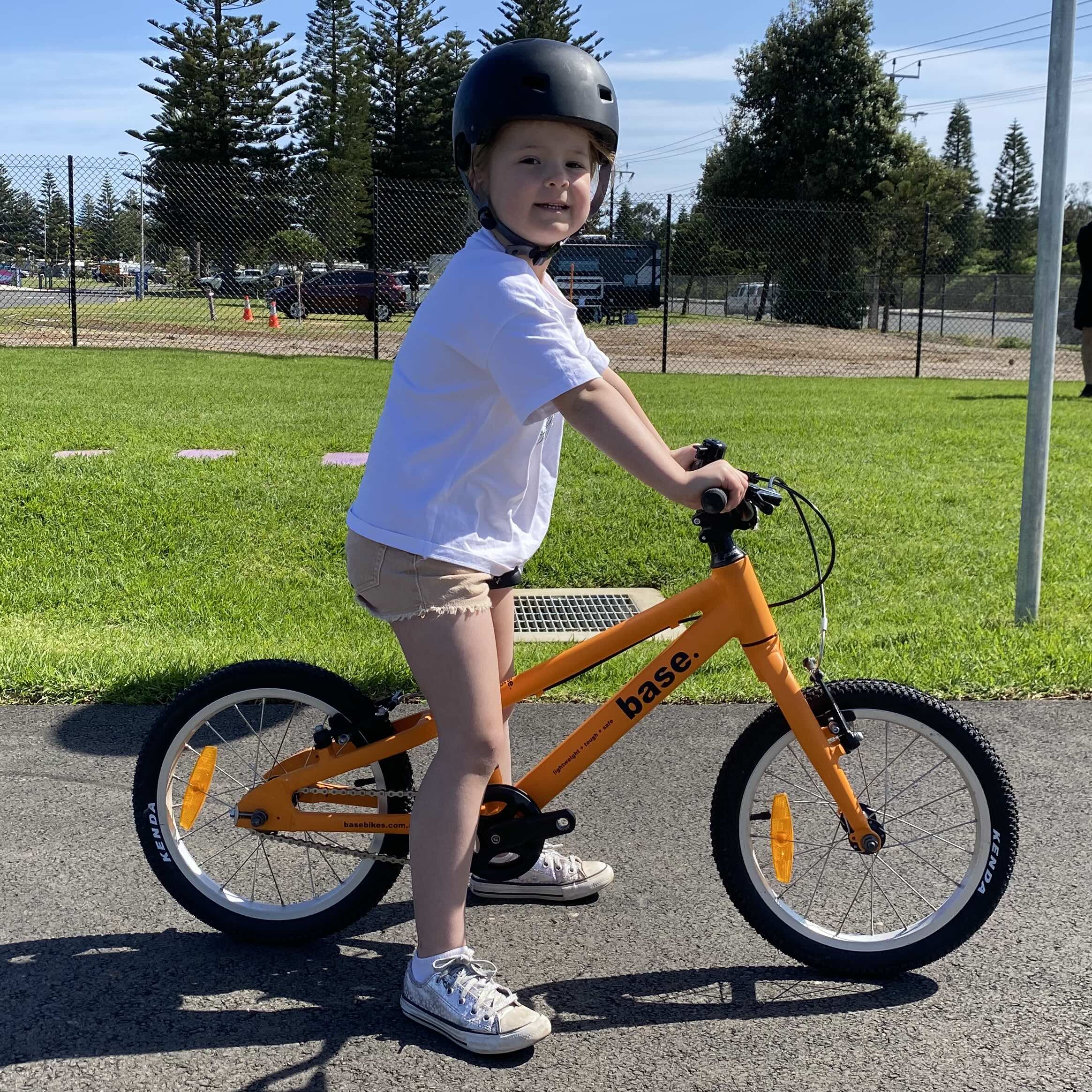When it comes to teaching your child to ride a bike, there's always a spirited discussion around the best approach—the balance bike approach or training wheels. Both methods have their loyal supporters, and as parents, you naturally want the safest, quickest, and most enjoyable learning experience for your little ones. So, let's dive into what each method involves and explore which might be the best fit for your child.
What are Balance Bikes?

Balance bikes are simple, pedal-less bicycles designed for very young riders (usually aged 18 months to about 5 years). The concept is beautifully straightforward: children propel themselves by pushing their feet against the ground. This intuitive movement helps them naturally develop balance and coordination without the need for training wheels.
According to experts at Two Wheeling Tots, balance bikes encourage children to master balance first, effectively bypassing the need for training wheels. By keeping their feet close to the ground, kids feel more secure and develop confidence at their own pace.
Advantages of the Balance Bike Method - Our Preference
Promotes Early Confidence
Balance bikes let children learn to balance first, which builds confidence quickly. Unlike training wheels, which focus more on pedalling, balance bikes prioritise the fundamental skill of balancing—a skill that's more difficult to teach explicitly.
Smooth Transition to Pedal Bikes
Children who master balance bikes often find the transition to regular bikes seamless. Peddling becomes just a small additional step since the critical balance and steering skills are already in place.
Develops Motor Skills
Balance bikes help children develop key motor skills and coordination. According to cycling specialists, riding a balance bike also improves spatial awareness and agility.
Lightweight and Safe
Since they don't need pedals or a drive train, balance bikes are typically lighter and easier for small children to manage independently compared to pedal bikes. They also tend to be safer since there's less chance of falling from significant heights, as children's feet can easily touch the ground to stop themselves from toppling.
Can be Used with Pedal Bikes Too!
Replicating the balance bike experience can be easy and effective with a pedal bike by simply removing the pedals from their existing pedal bike. However, this method works best when the bike has a narrow q-factor (the horizontal distance between pedals), making it comfortable for children to push themselves along without their legs stretching too widely. Additionally, the bike needs a suitably low seat height, allowing their feet to comfortably reach the ground. At base bikes, we've ensured our bikes excel in both these areas, making the transition easier and safer.
We've created a short video that shows how easy the balance bike method is which you can view here: video guide - balance bike method to learn to ride.
What About Training Wheels?

Training wheels (also known as stabilisers) have been the traditional method for decades. They're small wheels attached to the rear axle of a regular pedal bike to keep the bike stable and upright while children learn to pedal.
Advantages of Training Wheels
Immediate Pedalling Experience
One significant benefit is that training wheels allow children to immediately experience pedalling. This method can appeal to kids eager to replicate the biking experience they see in adults and older children.
Sense of Security
Training wheels can provide an initial sense of security and stability, giving hesitant or cautious children the courage to start riding without fear of tipping over.
Readily Available and Traditional
Training wheels are widely available and tend to be seen as a traditional rite of passage for children. Many parents are comfortable and familiar with this method due to its long-standing popularity. Our base 16 bike is compatible with training wheels, but not all kids bikes are.
Drawbacks of Training Wheels
While popular, training wheels do have their disadvantages. Cycling specialists from reputable sources like Two Wheeling Tots highlight several concerns:
-
Delayed Balance Development: Training wheels don’t effectively teach balance, the most critical skill in cycling. Children may become overly reliant on them, delaying their progress.
-
Limited Manoeuvrability: Training wheels restrict turning and manoeuvrability, preventing kids from naturally learning steering and coordination skills.
-
Potential for Increased Fear: Transitioning from training wheels to regular bikes can be daunting for some children, as the removal of training wheels can seem intimidating.
Its also worthy adding that training wheels can add a lot of weight to a bike (roughly 1 - 2 kgs). For young children, this increase in weight can make a significant difference, and not in a good way. Often when a bike is heavier, it saps a lot of the enjoyment out of the riding, just as it would for an adult riding a particularly heavy bike.
Choosing the Right Method for Your Child
Ultimately, this decision depends on your child's personality, age, and comfort levels. Consider these factors:
-
Age and Size: Younger children (2 - 3yrs) typically find balance bikes easier to handle. Older children or larger kids can start directly with pedal bikes and remove pedals temporarily for balance practice, provided the bike design supports this.
-
Confidence Level: Adventurous children often thrive on balance bikes due to their freedom and challenge. More cautious children might prefer initial stability with training wheels.
-
Physical Development: Kids needing extra motor skill support might initially prefer training wheels.
Incorporating Both Methods
Some parents opt for a hybrid approach—beginning with a balance bike to establish balance and then introducing pedalling skills using training wheels. This phased method can help hesitant learners build confidence incrementally.
Making it Fun and Inclusive for Kids
Regardless of the method, keeping the learning experience fun is crucial:
-
Regular Play Sessions: Short, frequent bike sessions help maintain excitement.
-
Family Involvement: Make riding a family activity to boost enjoyment and motivation.
-
Positive Reinforcement: Celebrate small victories to encourage continuous improvement.
Conclusion
Both balance bikes and training wheels offer distinct advantages, and your child's unique needs and personality will guide your choice. Balance bikes rapidly develop essential cycling skills, while training wheels offer comfort and immediate pedalling joy.
At base bikes, we prefer the balance bike method, but we also know that every child is different—and we strive to support all kids as they learn to ride. That’s why the base 16 is designed to work with both approaches. You can read more about our kids bikes and the thoughtful design details that help kids learn to ride.

